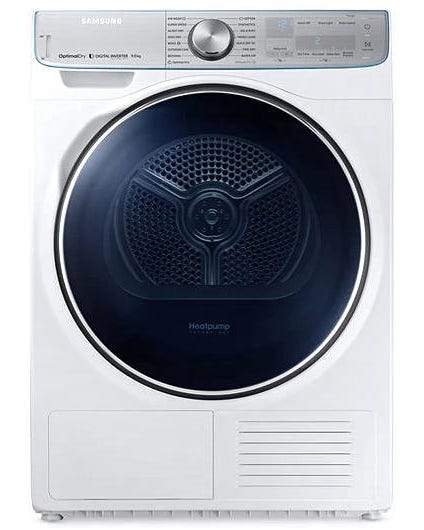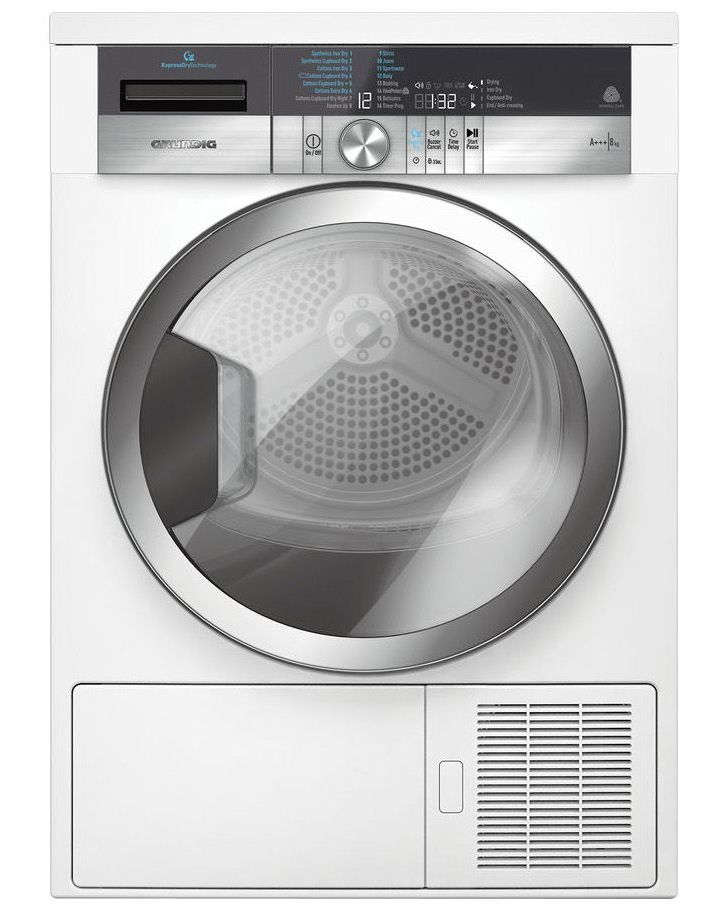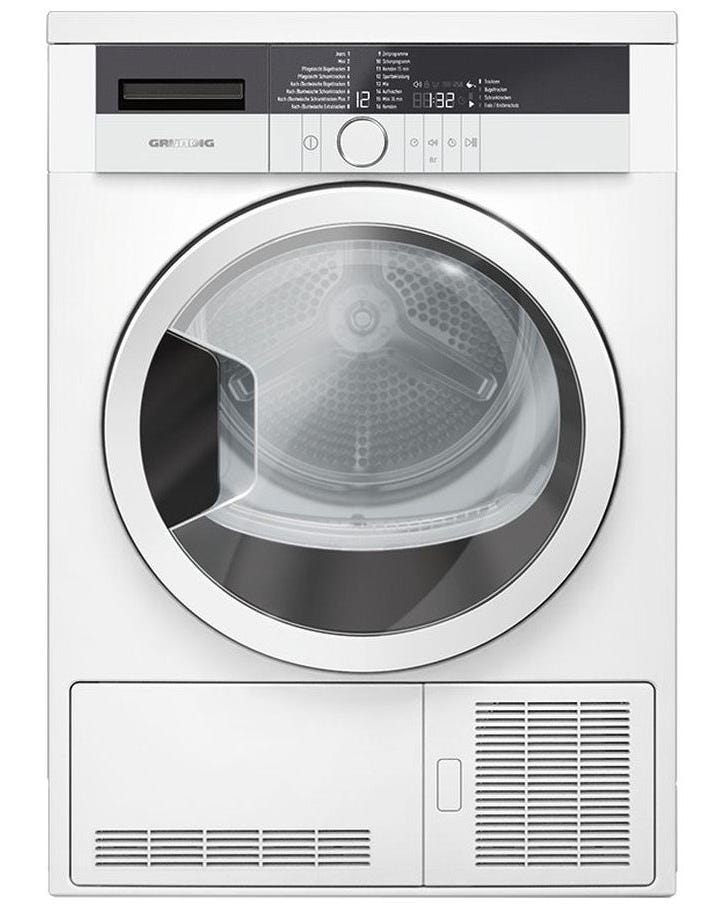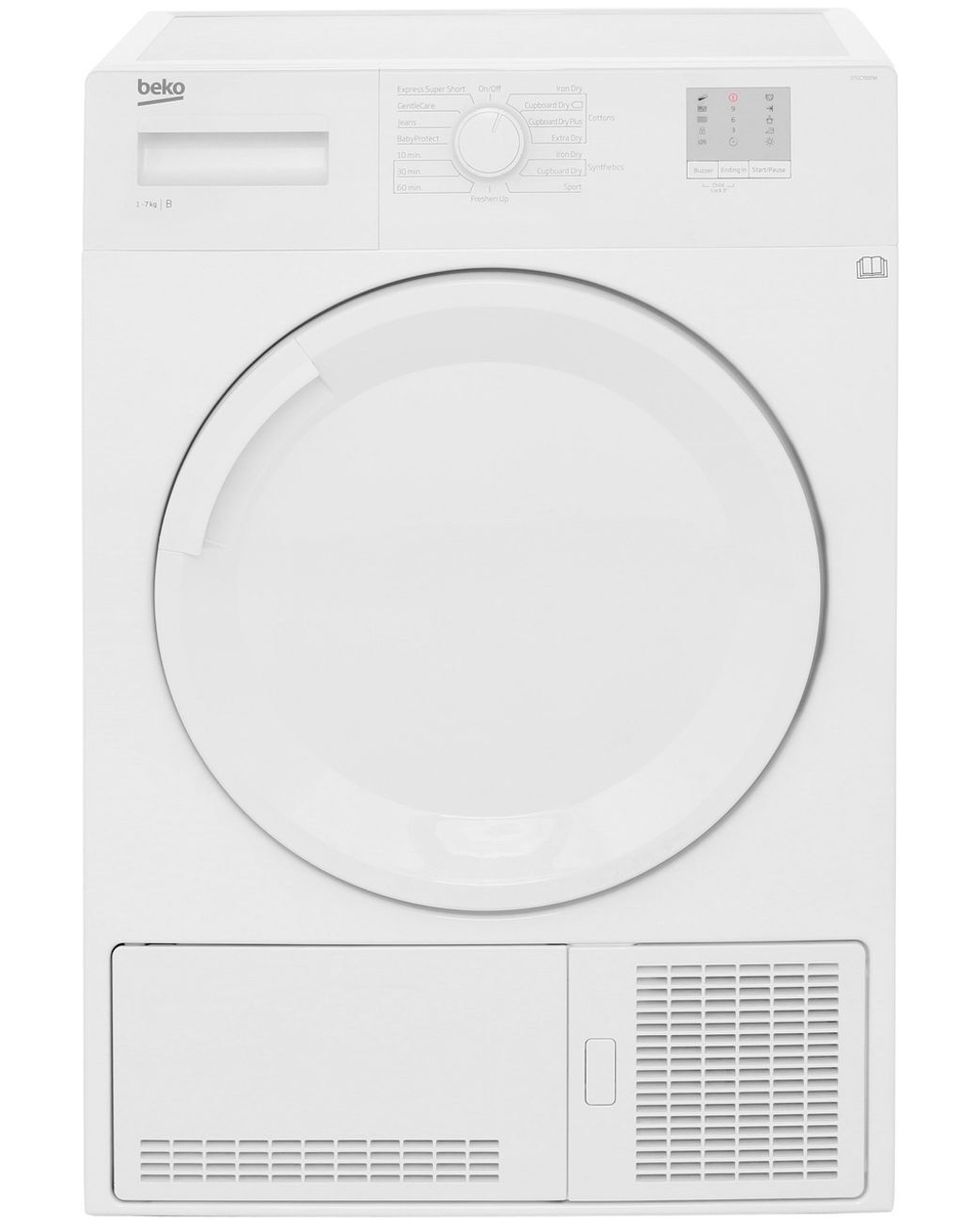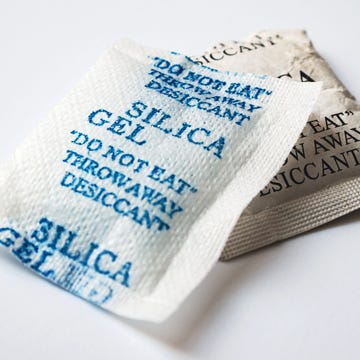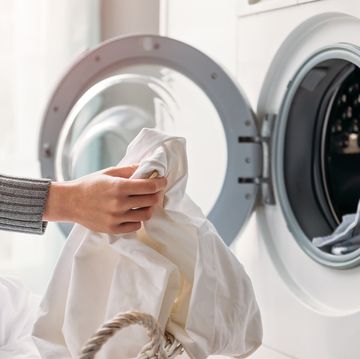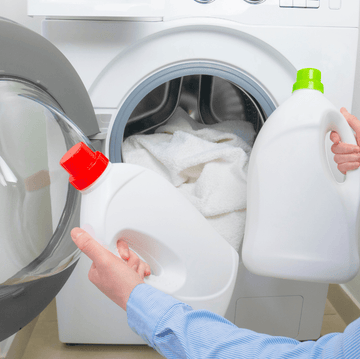Our tumble dryers dry our clothes quickly, ready to wear straight out of the drum. But when was the last time you cleaned yours? Without regular maintenance, they can end up smelling musty and filled with fluff, which leads to inefficient running and higher energy bills.
Taking the time to clean your tumble dryer solves this problem. It not only helps the appliance last longer; it gets it functioning as new again. So for the best performance and speedy drying, you’ll want to routinely clean your tumble dryer. Here’s everything you need to know.
Note – This guide covers electric condenser and heat pump tumble dryers, which are predominantly sold in the UK. For vented dryers, follow the maintenance guide from your manufacturer. The vent will need cleaning routinely as this can become a fire hazard when blocked. Any cleaners will also need to be non-flammable if you’re dealing with a gas model.
What to read next
Dry clothes the right way
EXPERT TIPS TO GET THE MOST OUT OF YOUR HEATED CLOTHES AIRER
How to clean the lint trap
First, switch off the appliance and let it cool down. The lint trap is a good place to start in terms of cleaning. This catches any fluff that’s removed during the drying process and, as you’ve likely seen, it builds up quickly. For this reason, the lint trap needs to be emptied after every use.
If it becomes overfilled, your tumble dryer will struggle to circulate hot air efficiently, making the machine work harder and costing you more. But more importantly, excess lint is a fire hazard, so do remember to clear it out regularly.
It can usually be found at the base of the door once opened. It tends to slide up and out and can be opened like a book to remove any fluff. For basic maintenance, remove the fluff by hand (or use a cloth if you don’t want to touch it) and throw it away. You can ball the bulk of the fluff over the surface as you remove it to catch any final bits. Tease away any long strands of thread that have caught here, too.
For a deep clean, rinse the filter under cool running water and scrub any dust away with a soft brush; it’s a good idea to let the water run through from the outside to flush the lint out. Leave out to air-dry completely before refitting.
While that’s drying, you can check the housing for any remaining lint. If needed, give it a quick vacuum on a low setting, using the soft brush attachment to remove any residue. And while you have the vacuum out, you could also give the floor surrounding the machine a once-over. This helps with the ventilation.
How to clean the water tank
If you own a condenser or heat pump tumble dryer, you’ll need to empty the water tank between uses, too; otherwise, it’ll hold up the next cycle until it’s emptied. This is the drawer that sits at the top left side of the machine. All the water that’s removed from the load ends up here, which is why it fills quickly if you’re drying a large load.
Once the cycle’s finished, slide it out slowly and have a spare hand ready to support the back of the tank as you pull it free. Carry it to your sink, then carefully invert it to drain (it will drain from the hole at the back of the tank). There may be a few drops left at the end, so give it a shake to get rid of the residue.
If lint has built up in the funnel of the tank, that’ll need to be removed and cleaned under running water. If your tank has a filter, this also needs to be checked occasionally, and removed and cleaned under running water if needed. Sometimes these can go in the dishwasher, but check your manual first to confirm. Try not to leave water sitting in your water tank for longer than necessary, or it will start to smell.
How to clean the moisture sensor
The moisture sensor (aka dampness or humidity sensor) controls the length of the cycles – it’s what makes your dryer switch itself off once a load is dry. With regular use, it can end up covered with residue from detergent, and limescale, which impacts its performance, so you’ll want to clean it occasionally; four times a year is a good guide.
The moisture sensor can be found inside your tumble dryer; it’s the two metal strips next to the lint trap. To remove residue, give them a wipe with a microfibre cloth dampened with distilled white vinegar. Then rinse with a fresh damp cloth and dry afterwards.
How to clean the condenser
If you have a condenser model at home, you’ll need to clean the condenser itself (also known as the heat exchanger) every so often – once a month is recommended. If it gets dirty or blocked, it’ll impact the efficiency of the machine and the overall running cost, so give it some TLC when required. There may even be an alert on your machine to show when this needs doing.
The condenser can be found behind a panel (kick plate) at the base of the front of the machine. Once the panel’s opened up, you may need to unlock the condenser by hand to fully remove it. Any excess fluff can be removed by hand or vacuumed away, and the condenser itself can just be rinsed under running water until it drains, then left to dry. For a thorough clean, you can vacuum any fluff from the housing before replacing, too.
How to clean the evaporator filter
Heat exchangers or evaporators are also found in heat pump tumble dryers and they too need attention, or else it’ll take a toll on the efficiency. Some brands suggest cleaning the evaporator filters monthly; others say every six months, or even several times a month, so check with your brand to confirm. In any case, cleaning this is vital to maintain the energy efficiency these appliances boast. An indicator light may show when it needs a clean.
The heat exchanger can be found behind a panel below the door. The filter removal process varies from machine to machine, so it’s worth checking your manual first, but generally speaking, you need to remove the kick-plate panel, then carefully remove the inner sponge filter. This sponge filter can either be rinsed under running water or wiped clean with a damp cloth. Leave to dry on the side while you deal with the heat exchanger. Don’t touch this by hand (the fins are sharp); instead use a vacuum cleaner on the lowest setting and the soft brush attachment to gently work your way up and down the fins. Or you could use a soft brush for the same effect (more ideal if the fins are wet). Once it’s dry, replace the filter and cover, and lock it back into place.
How to clean the drum
A damp microfibre cloth might be enough to give the interior and the door a refresh once a month. If you need to banish smells, try spraying some diluted distilled white vinegar on to your cloth first – but keep this away from the rubber seal, as vinegar degrades rubber. You could also use a stainless steel cleaner, such as Method Stainless Steel Surface Cleaner, if you have one to hand.
How to clean the exterior
For the finishing touch, clean the exterior, including the control panel, using a damp microfibre cloth. An old toothbrush can help you get into any crevices around the buttons if needed.
To help vent any residual moisture and prevent bacteria from forming in future, you can leave the door and the water tank cracked open when not in use.





